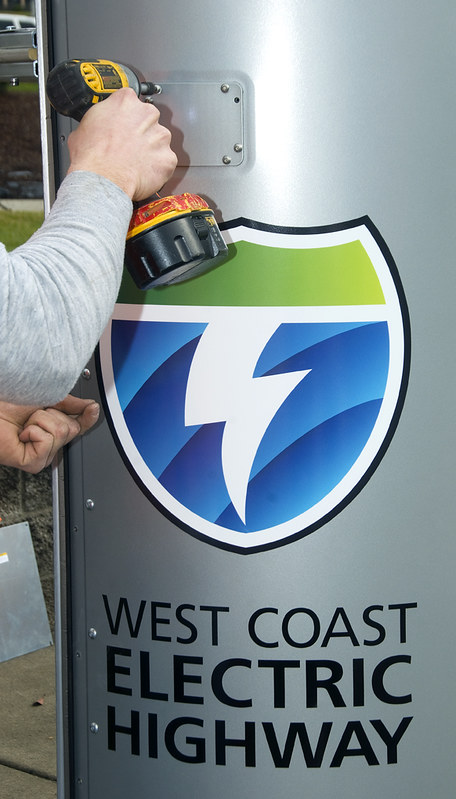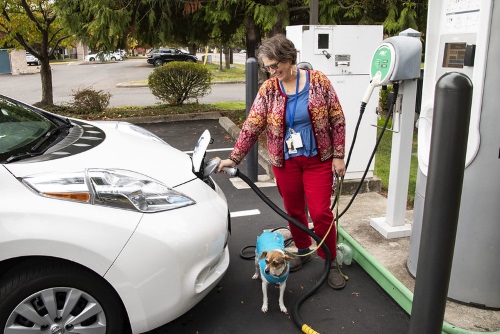As transportation-fueled greenhouse gas emission concerns rise across the country, wholesale deployment of electric vehicles (EVs) still faces roadblocks as advocates try to develop an expensive infrastructure to support EVs that most people won’t buy.
Only one-third of U.S. adults said they would buy or lease an all-electric car, with the majority citing the scarcity of public charging stations and the EV’s high purchase price, according to a report from Morning Consult. EV purchases are rising, but they comprise only 2 percent of all light-duty vehicles.
“The barriers to buying EVs and building out EV infrastructure are closely connected,” said Tim Sexton, assistant commissioner, and chief sustainability officer for the Minnesota Department of Transportation. Most EV owners charge at home or at work, which makes it “difficult for private charging companies to be profitable until the EV market share grows,” he added.

According to the U.S Department of Energy (DOE), the country currently has nearly 25,000 public charging stations. DOE’s interactive map tool shows where the stations are, what kind of station (Level 1, Level 2, or DC Fast Charging) is at each location, and can plot an optimal EV route for nearby charging stations. The center also keeps track of how many charging stations are in each state.
However, consumer “range anxiety,” a lack of public awareness of EV purchasing and ownership benefits, plus a complex labyrinth of infrastructure financing have prompted some states to seek a regional approach to electrifying the highways.
To address those issues, three coalitions of states – one on each coast and one in the west – are developing model EV policies, creating consumer awareness campaigns, and building partnerships with businesses, utilities, local governments and public interest groups. It is slow going, but they are starting to show some results.
The Transportation and Climate Initiative is one coalition that includes transportation, environmental and energy officials from states in the Northeastern Association of State Transportation Officials, plus Virginia. One of the group’s goals is to enable drivers “to drive their plug-in cars and trucks from northern New England to D.C. and anywhere in between.” TCI aims to finalize a new multi-state memorandum of understanding in the coming months.
Washington, Oregon, and California are installing hundreds of new EV charging stations in part due to their membership in the West Coast Electric Highway initiative. Those three states are now home to more than 8,800 charging stations – more than a third of all such EV stations in the entire country.
Finally, there is the Regional Electric Vehicle or REV West coalition of eight states – Arizona, Colorado, Idaho, Montana, Nevada, New Mexico, Utah, and Wyoming – which aims to enable anyone to “seamlessly drive an electric vehicle across the Signatory States’ major transportation corridors.”
Even small progress on building out an EV infrastructure will encourage people to switch to electric vehicles, Minnesota DOT’s Sexton said. “Public EV chargers are critical for long-distance travel, and it helps normalize EVs,” he explained. “The more chargers people see, the more ‘normal’ the idea of driving an EV becomes.”

